When Texas builders talk about “meeting code,” they often make it sound as if that’s the gold standard for residential construction. In reality, the building codes—such as the International Residential Code (IRC), International Energy Conservation Code (IECC), and National Electrical Code (NEC)—are only the starting point. These codes, each adopted and enforceable in the Town of Westlake and throughout much of Texas, set minimum acceptable performance requirements. They do not represent the full measure of a builder’s legal or professional duty.
Under Texas law, builders are required to construct homes in a good and workmanlike manner. That duty extends far beyond the black-and-white text of the local building code. A competent builder must also comply with a wide range of nationally recognized industry standards that govern virtually every trade involved in residential construction.
These standards are developed and maintained by technical authorities such as ASTM International, ANSI, ASHRAE, APA – The Engineered Wood Association, AAMA (now FGIA), ICC-ES, SMACNA, ACI, WDMA, BIA, NAAMM, TCNA, NWFA, NRCA, CFFA, HPVA, UL, CSA, NIBS, RESNET, IICRC, NADCA, ACCA, AHRI, ARI, AHAM, GAMA, HUD UFGS, IBHS, NFPA, NFRC, NRMCA, SBCA, NKBA, PTI, MBMA, and others. Equally important are the manufacturer’s installation instructions for every product used in the home—because improper installation can void warranties and compromise performance, even if the work passes a municipal inspection.
Many of these standards are incorporated by reference into the building codes or cited within manufacturer instructions. Even when they aren’t directly referenced, they still define what is considered competent and accepted practice in the residential construction industry. Any deviation—whether through shortcuts, incorrect detailing, use of incompatible materials, or ignoring manufacturer requirements—can make the work legally defective.
Texas courts have repeatedly affirmed that construction falling short of the skill, care, and diligence expected of a competent builder is defective—even if it doesn’t technically violate the building code. Defects that violate recognized industry standards can be actionable under the Texas Residential Construction Liability Act (RCLA), the Deceptive Trade Practices Act (DTPA), and Texas common law.
This means that “passing inspection” is not a shield from liability. A home can pass city inspection and still be riddled with defects if the builder ignored published industry standards, trade best practices, or manufacturer specifications. When that happens, the builder is in breach of their legal duty, and the homeowner has grounds for legal action.
If you are a homeowner or attorney involved in a construction dispute, do not accept “we met code” as the final word. In Texas, the law holds builders to a much higher standard—one that includes everything a competent builder should know and do, not just the bare minimum required to get a green tag from the inspector.






